REVIEW – Recently, Goal Zero released three new portable power stations: the Yeti 300, 500, and 700. Each provides—you guessed it—appx. 300, 500, and 700-watt hours of power using the newer LiFePO4 battery technology—more on that later in the review. A few years ago, this announcement would have been big news. Today—not so much because there are far more companies offering a huge array of power stations. It’s gotten to the point where added features, design, and price drive buying decisions, rather than what few choices are available. For us consumers, that’s a good problem. Does the venerable Yeti 300 hold up to the newer competitors?
What is it?
The Yeti 300 is one of three new power stations from Goal Zero. It (kinda) replaces the Yeti 200X power station. It’s more powerful, has more features, has eight times the life cycles over the 200X, and is safer to use. It has an IPX4 rating for water resistance (it can get rained on) and can handle extreme temperatures. Recharging from 0% to 100% takes 50 minutes.
The Goal Zero Yeti 300 weighs in at under 14 lbs. and has a built-in handle for easy portability. There is a good selection of output ports located on the front panel: 2x 18-watt USB-A; 30-watt USB-C; 100 W USB-C; 12V 6mm port; 12V Car Port; 2x 350-watt AC (wall outlet plug)
Charging the 300 can be done via the included AC power cord or using optional solar panels (via an 8mm input port on the front panel.
Specs
- 12V Auxiliary power port 164 watts max
- 12V 6MM Port 133 watts max
- 8MM Charging port 200 watts max
- USB-C Port 100 watts max
- USB-C Port 30 watts max
- USB-A Port x2 18 watts max,888
- 120V AC Inverter 350 W Continuous, 600W Surge x2
Design and features
Goal Zero is one of the power station pioneers, so to speak. They’ve been around with a solid reputation to back it up. Plus, they make everything from smaller, portable units (like this Yeti 300) to better home backup systems.
The Yeti 300 has 297-watt hours. What is a watt-hour? It’s all about the math. The 300 will power a device at 300 watts for one hour, or a 100-watt device for 3 hours—I’m rounding this up. However, it becomes less clear when recharging a smartphone, tablet or similar device. For those, you need to know how many watts each draws when recharging. Confused? I get it. Goal Zero provides a sample chart shown here that covers many gadgets that require charging.
The $300 cost of the Goal Zero Yeti 300 power station follows the rule of $1 per watt-hour. However, while many competitors have driven that cost down—they may not have Goal Zero’s history or reputation.
The Yeti 300 is built solid enough inside a tough, hard plastic shell. A comfortable, non-slip handle folds out of the way making it easy to pack.
Let’s talk about life cycles. One battery life cycle is a charge from 0%-100%-0%. The 300 has 4000 life cycles vs 500 on the previous 200X the 300 replaces. If used once per day, that’s over 10 years! The reason for such a dramatic improvement is battery technology. The 300 is Lithium Iron Phosphate (LiFePO4) vs Lithium-ion. Not only does the LiFePO4 battery outlast Lithium-ion, but it also does not use cobalt—with all of its ethical mining issues and is not as flammable as Lithium-ion can be. This newer battery tech is a win-win.
The selection of ports on the front panel is a good mix. The 300 has two 120V AC outlets—always welcome on a smaller power station. I like the fact that there are also two USB-C ports—30 watts and 100 watts for faster charging. I wish both were 100 watts. There’s the usual 12V “cigarette lighter” port as well as another 12V 6mm port for connecting the optional Yeti Light-A-Life LED lights.
One thing missing from the Goal Zero Yeti 300 is wireless charging for smartphones. For me, it’s not a big deal since I’m not a fan of wireless charging, but for some, it could be a deal-breaker.
As stated earlier, the 300 has a water-resistant IPX4 rating—primarily because the ports are protected by an attached hinged flap that covers the ports. This smoke-gray colored flap is translucent, so the buttons and info screen show through. Buttons can also be pressed through the flap. Not only does the flap protect against water, it also helps keep dust from entering the ports. I only wish the flap could be removable or hinged better to keep it out of the way if desired.
Setting up the Yeti 300 couldn’t be easier—since there is no setup. Just charge it to full and then connect whatever needs charging—as long as it doesn’t require more than 300 watts (there’s that math thing, again).
If you want to complicate the Yeti 300, Goal Zero provides an app that provides a bit more information than the built-in LED screen and can also remotely control the 300. The app connects via Bluetooth or home Wifi. Goal Zero recommends using Bluetooth for remote/off grid use (like camping) and Wifi for home use. Wifi allows control of the Yeti from practically anywhere and can be used for Firmware updates. It’s also faster and consistently more reliable than Bluetooth. However, I have serious reservations. In order to use Wifi, you must set up an account with Goal Zero. I could live with that requirement (although not like it), but the real insult is that an account cannot be set up unless you “consent to the collection and use of your personal information in accordance with Goal Zero’s Privacy Policy” (their words). All kinds of red flags went up when I read the mile-long privacy policy. My advice is stick with Bluetooth, despite its quirks.
What I like
- Reliable
- Well built
- Protected from rain
- Lightweight
What I’d change
- Using Wifi requires agreeing to hand over personal info
- Protective flap could be better thought out
Final thoughts
The Goal Zero Yeti 300 fits a perfect niche for portable power stations. It’s powerful enough for charging many gadgets at once and small enough to easily carry around when needed. True, the larger new Yeti 500 and 700 power stations offer more, but they are heavier and more expensive. The 300 could be the best solution for the majority of charging needs for most people.
Price: $299.95
Where to buy: Goal Zero and Amazon
Source: The sample of this product was provided by Goal Zero.

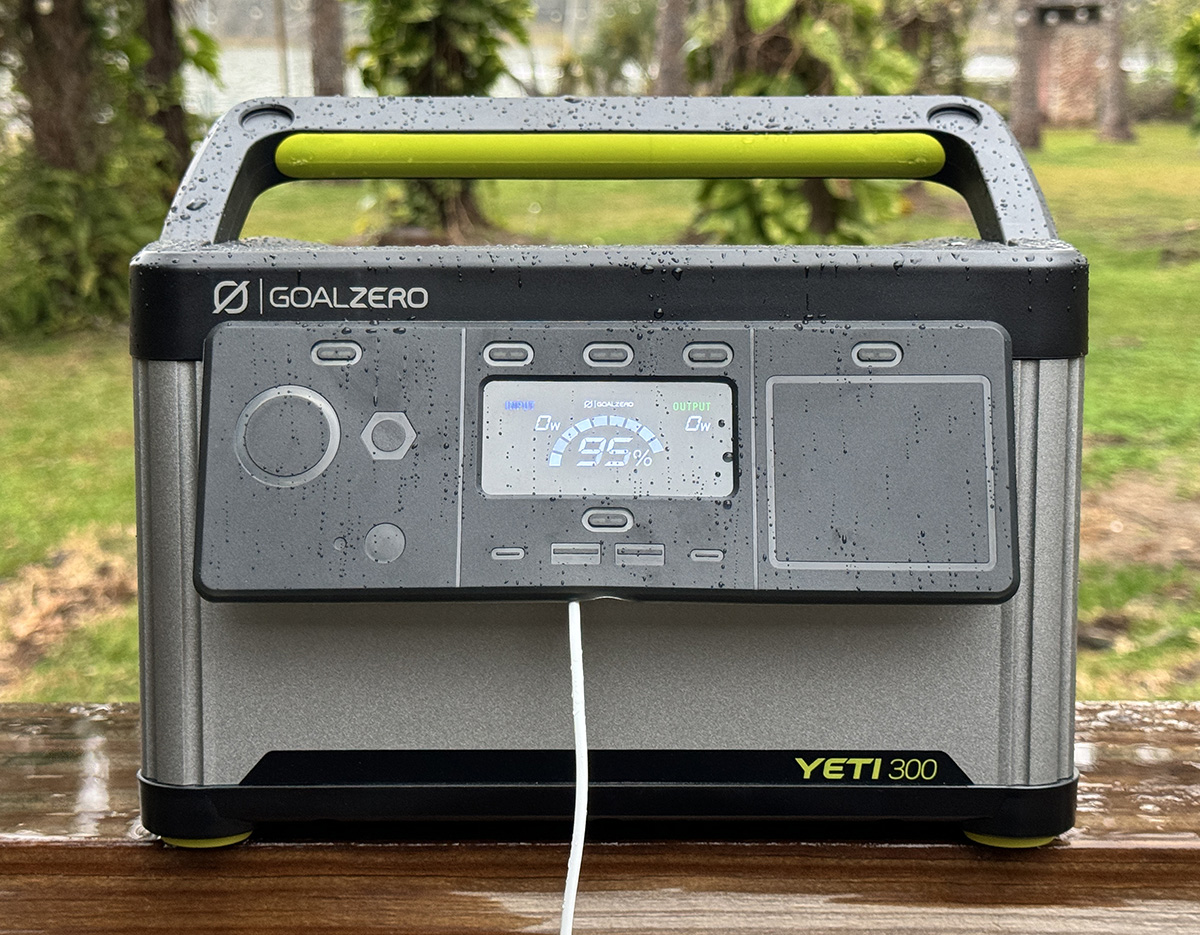

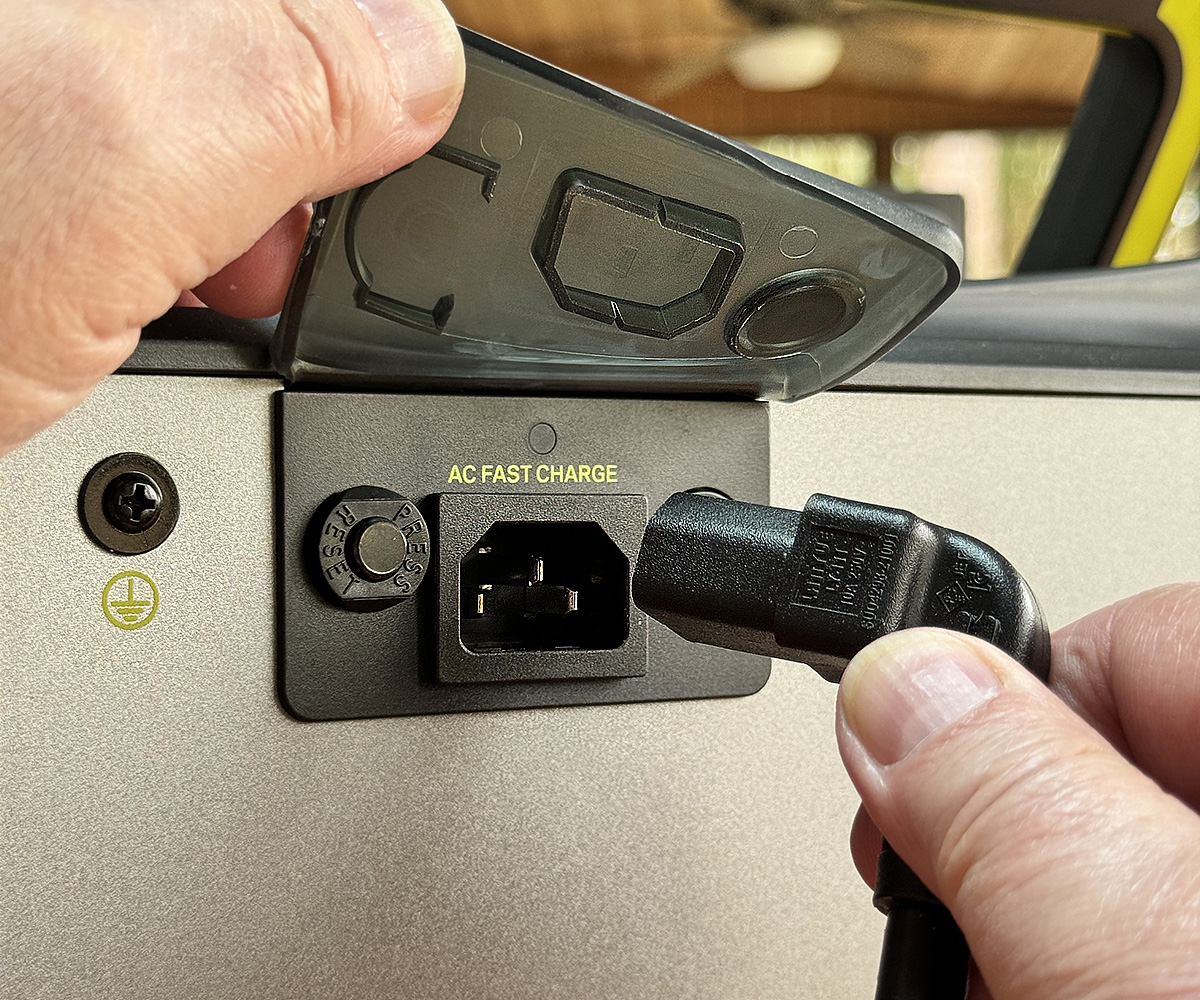
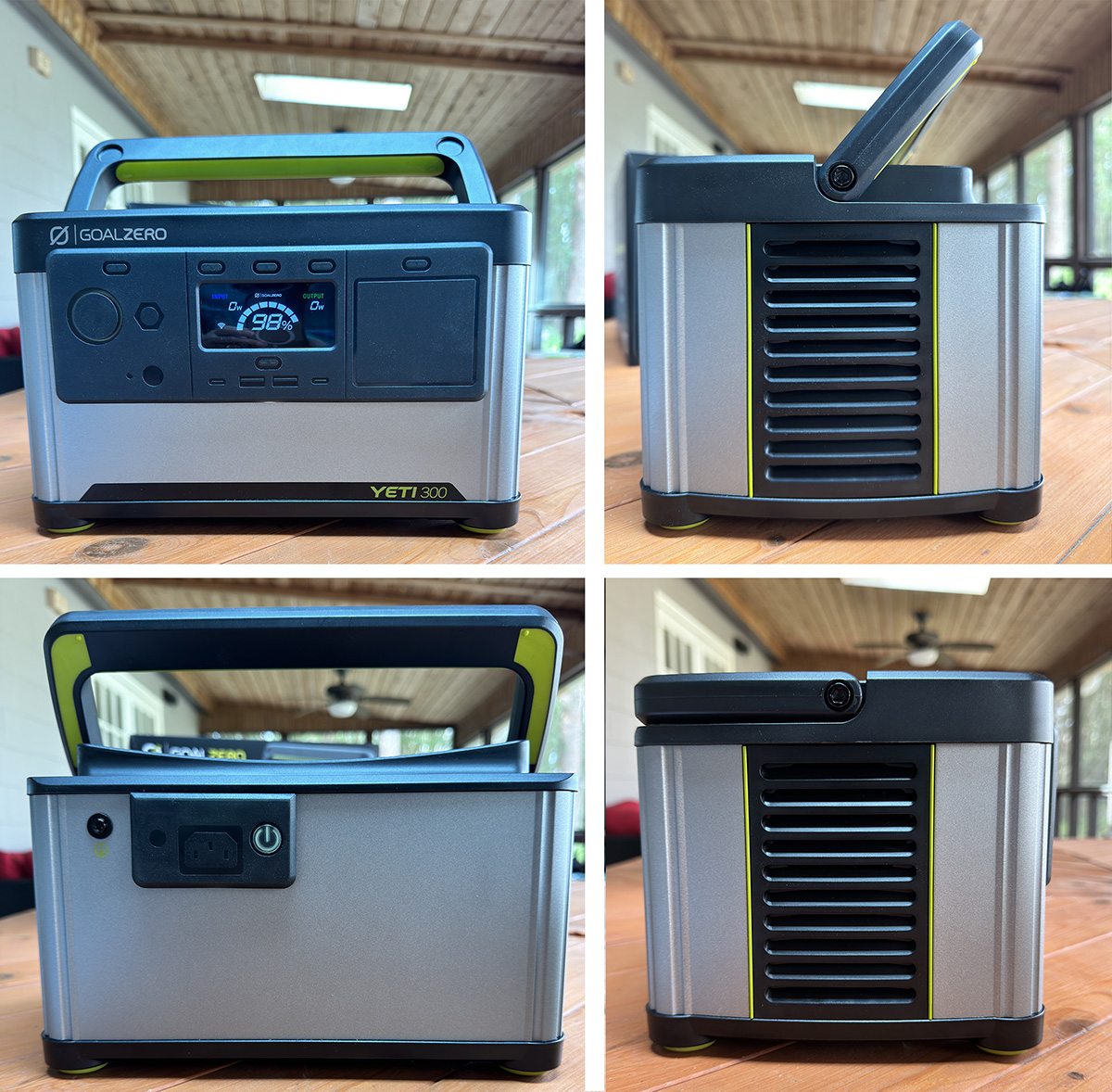
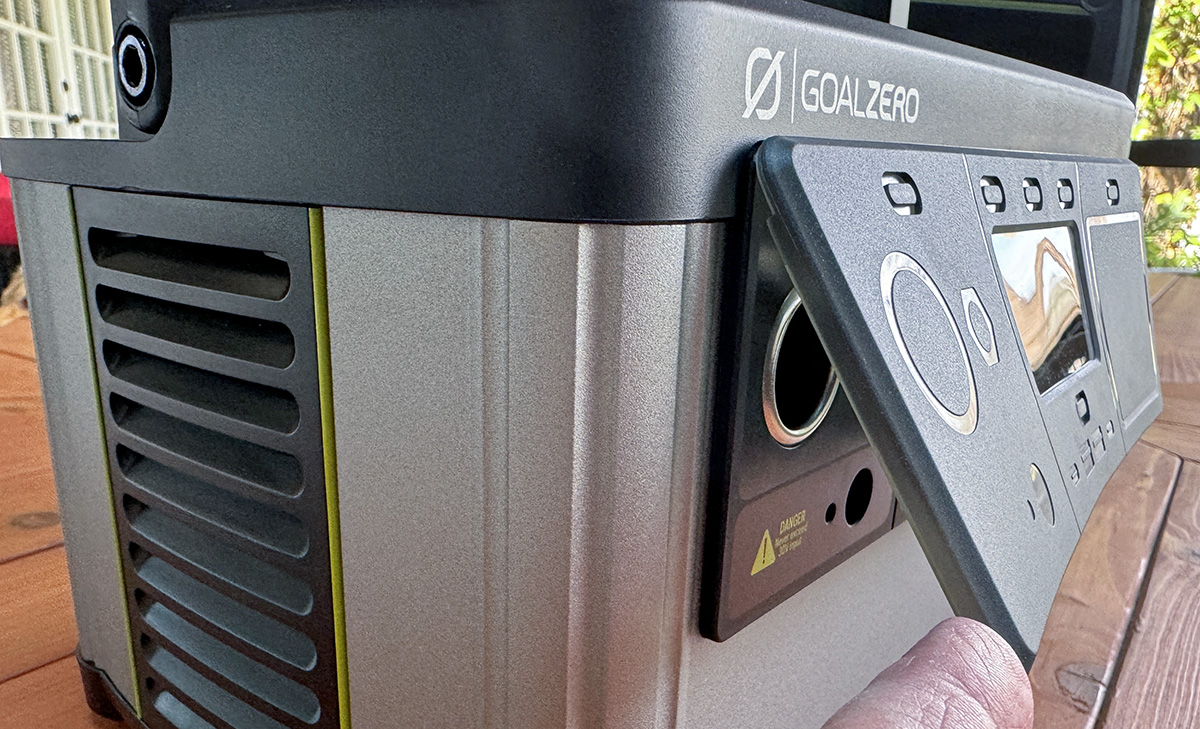
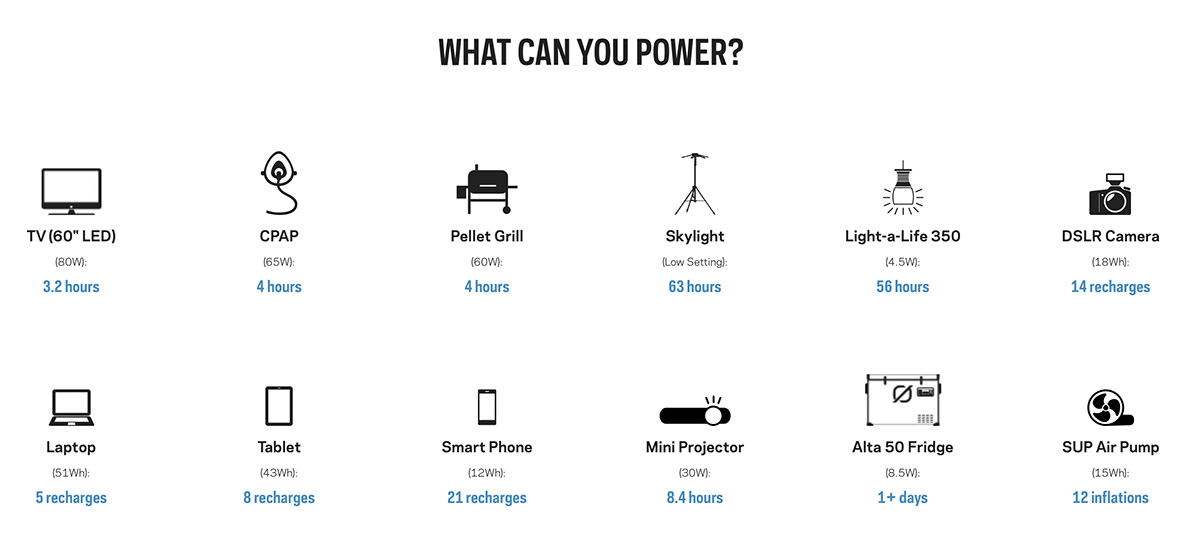
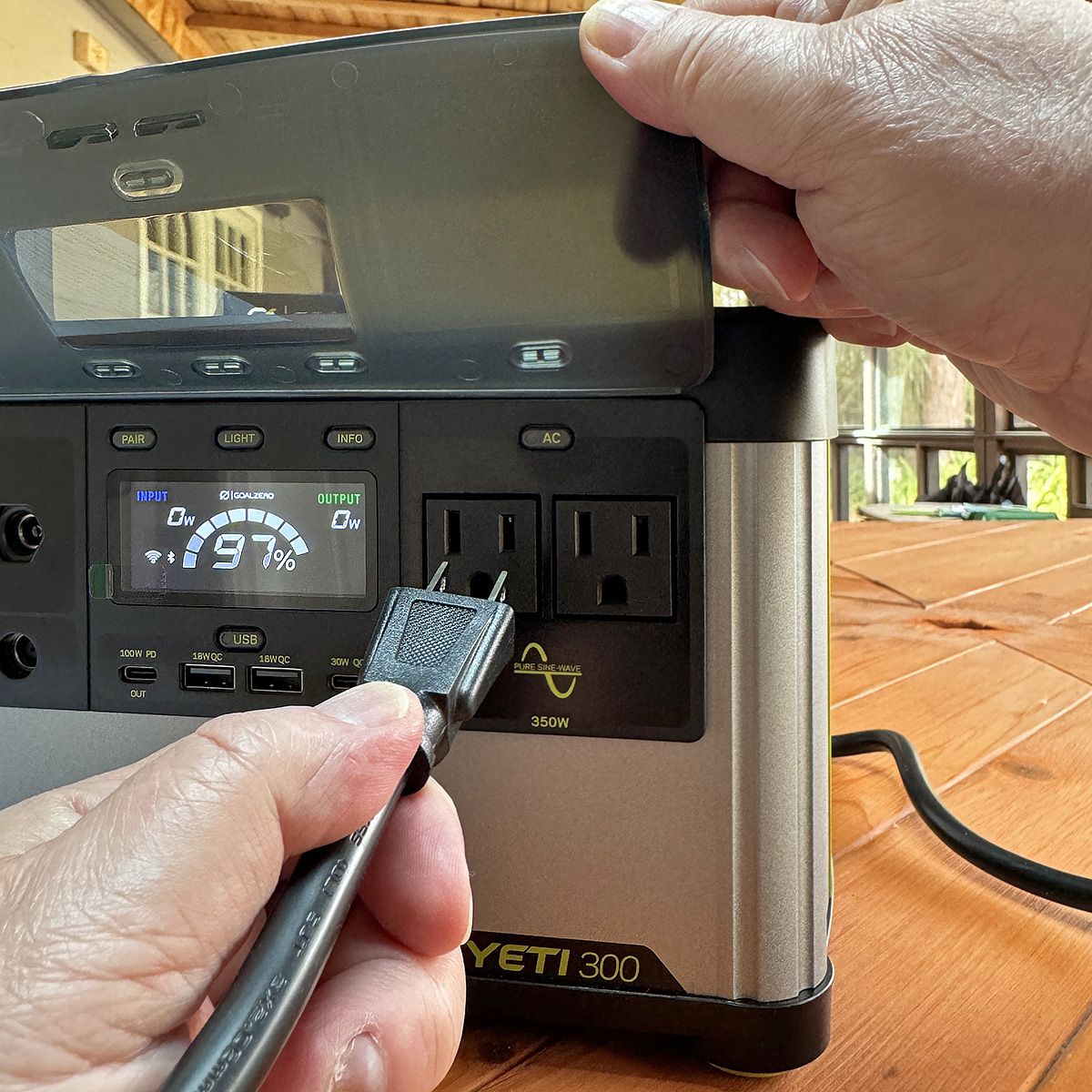
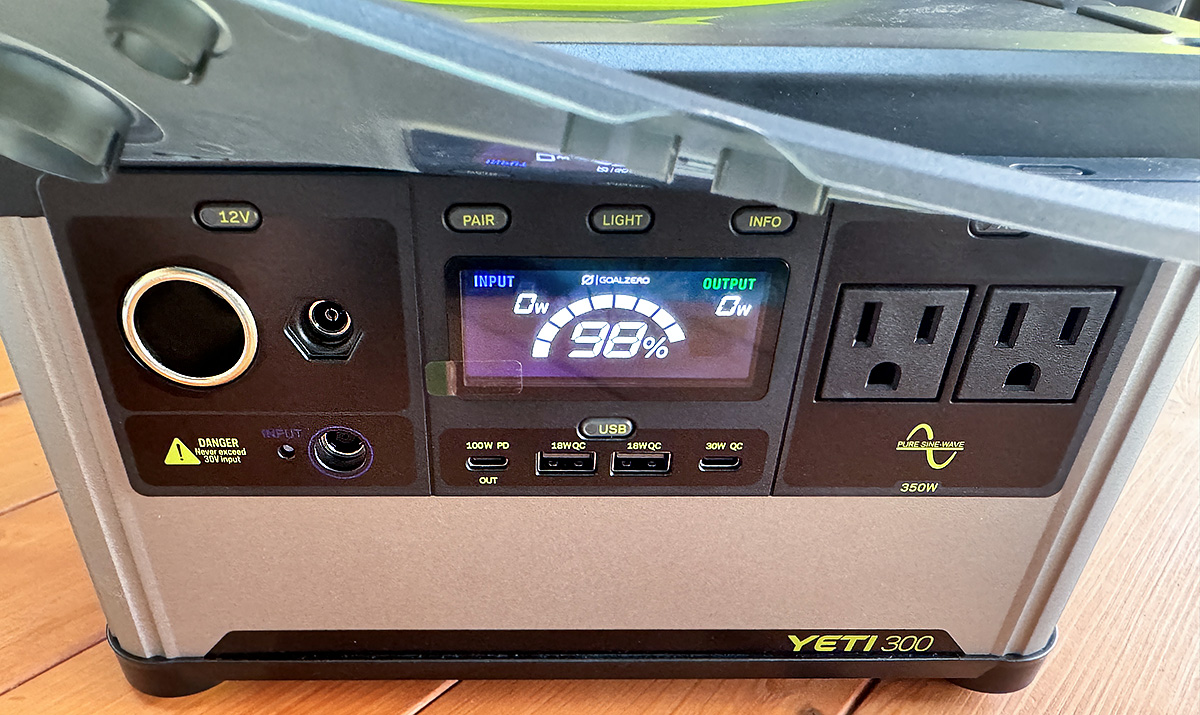
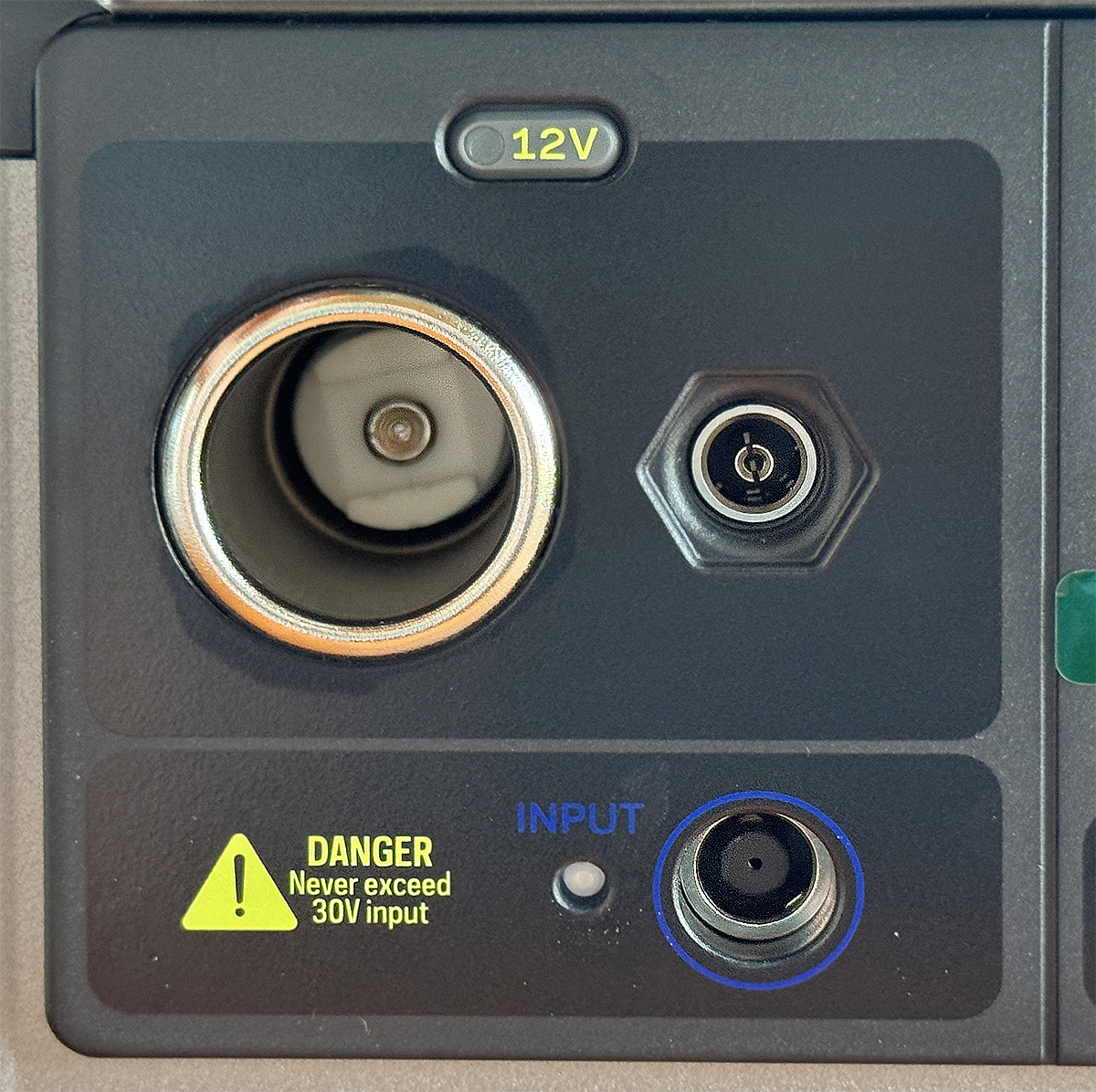
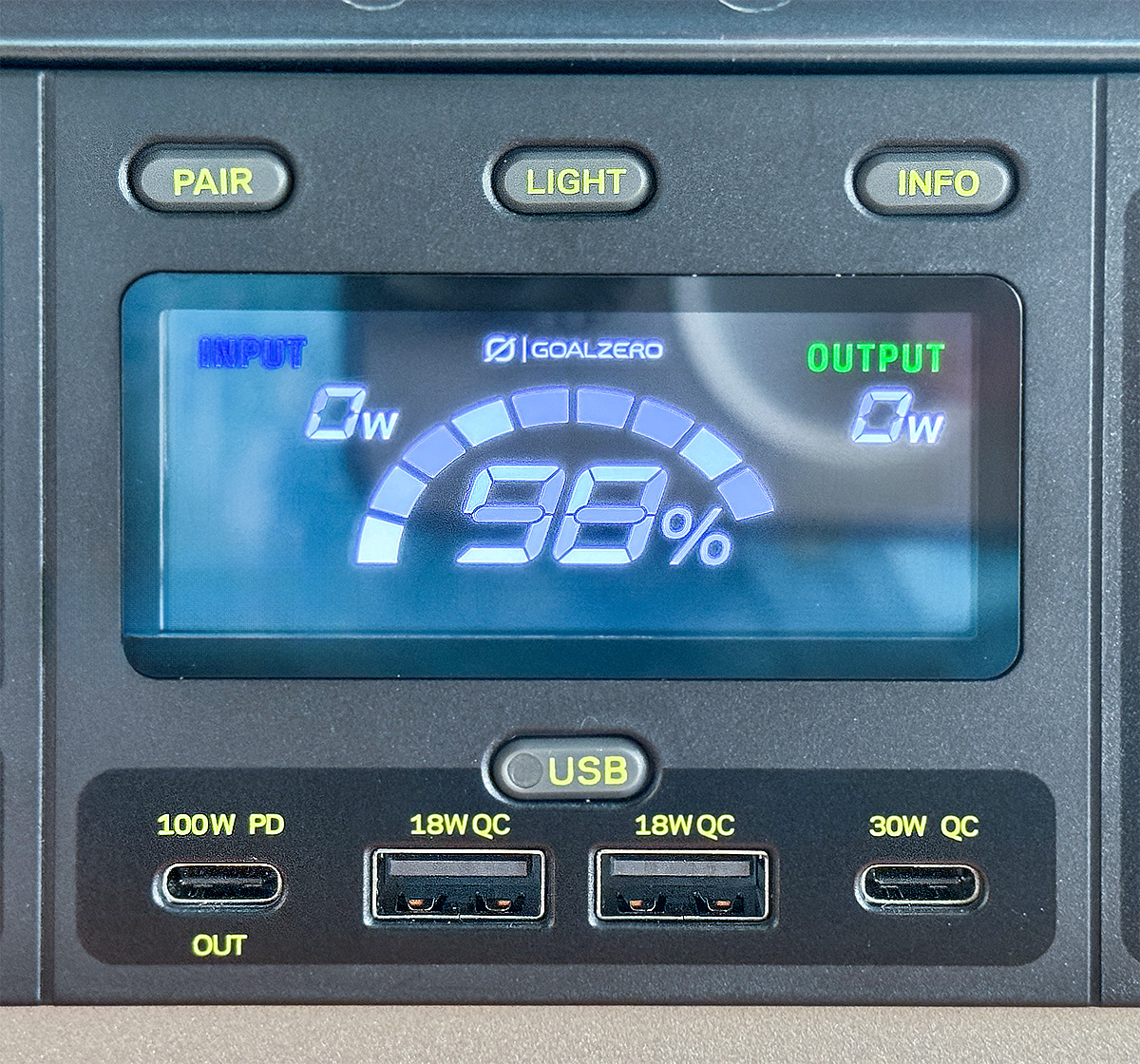
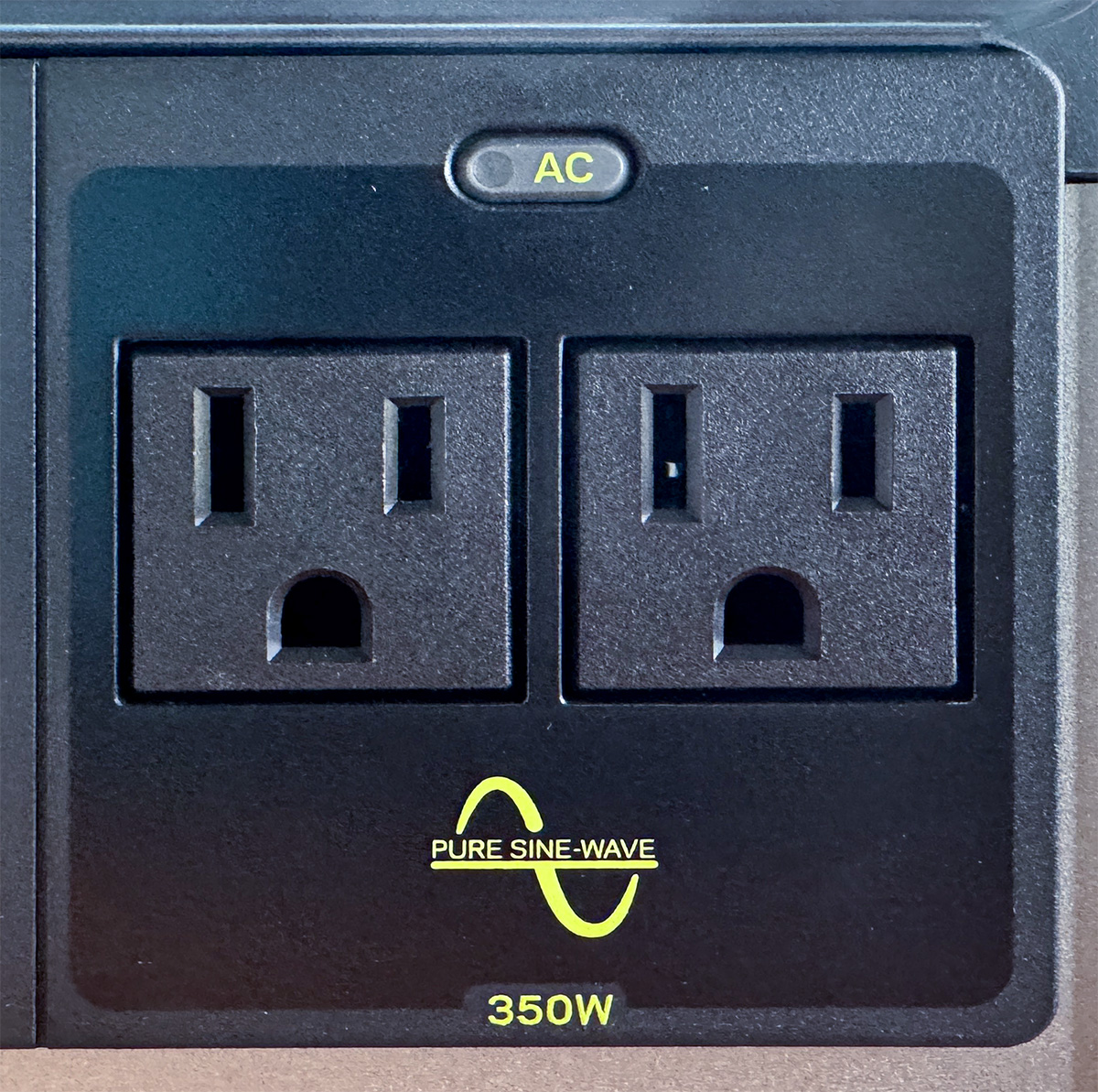
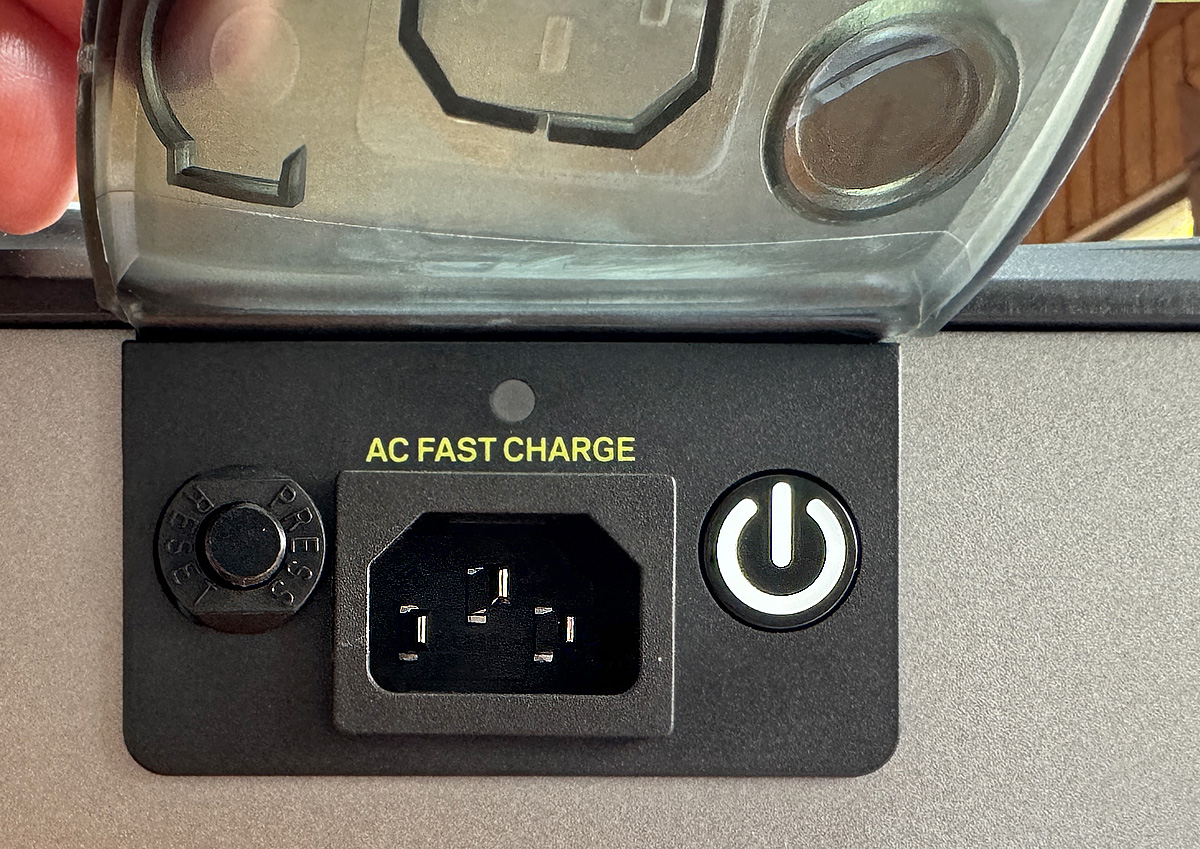
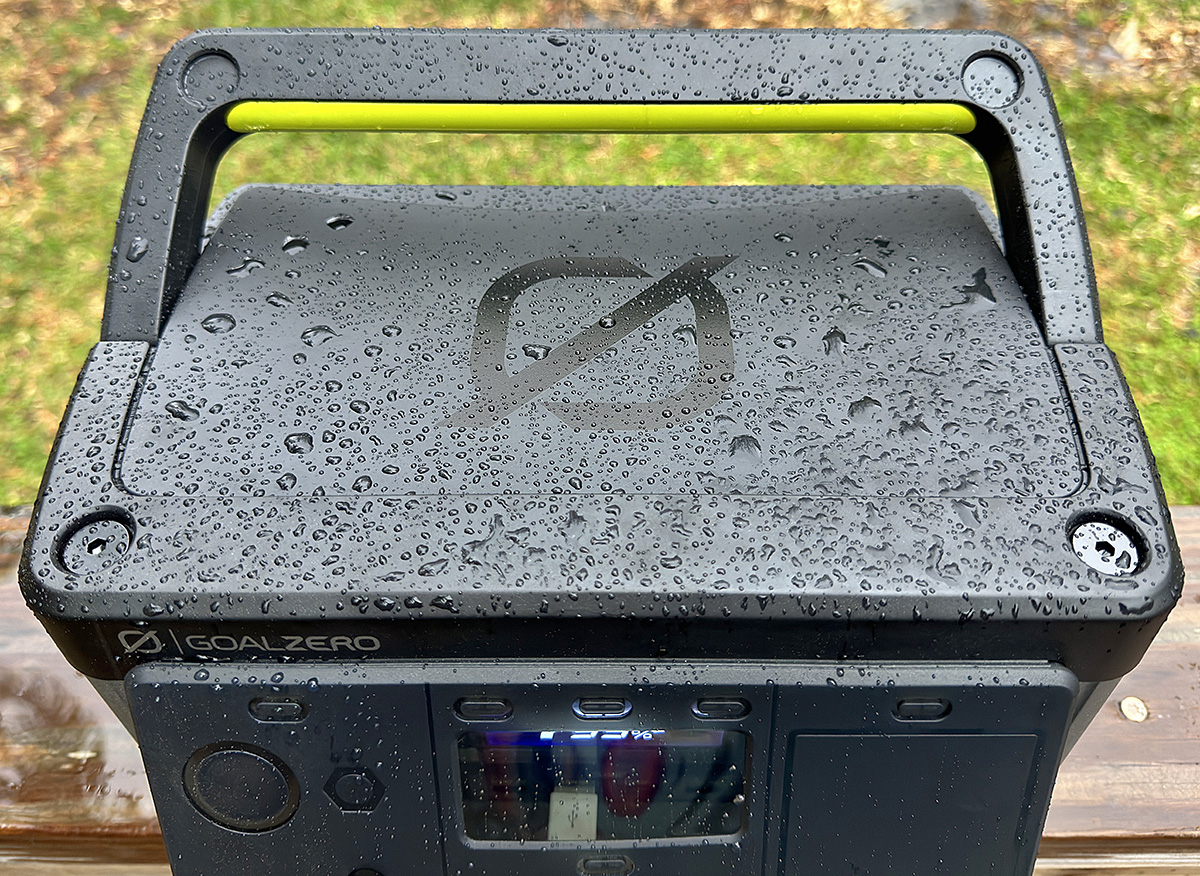
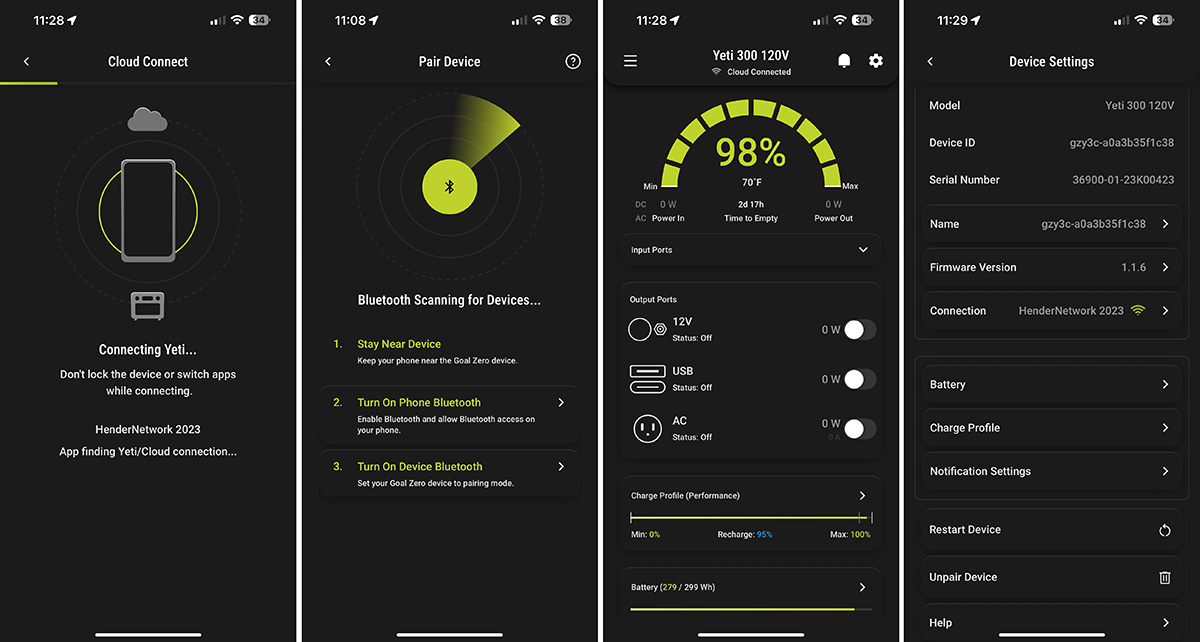
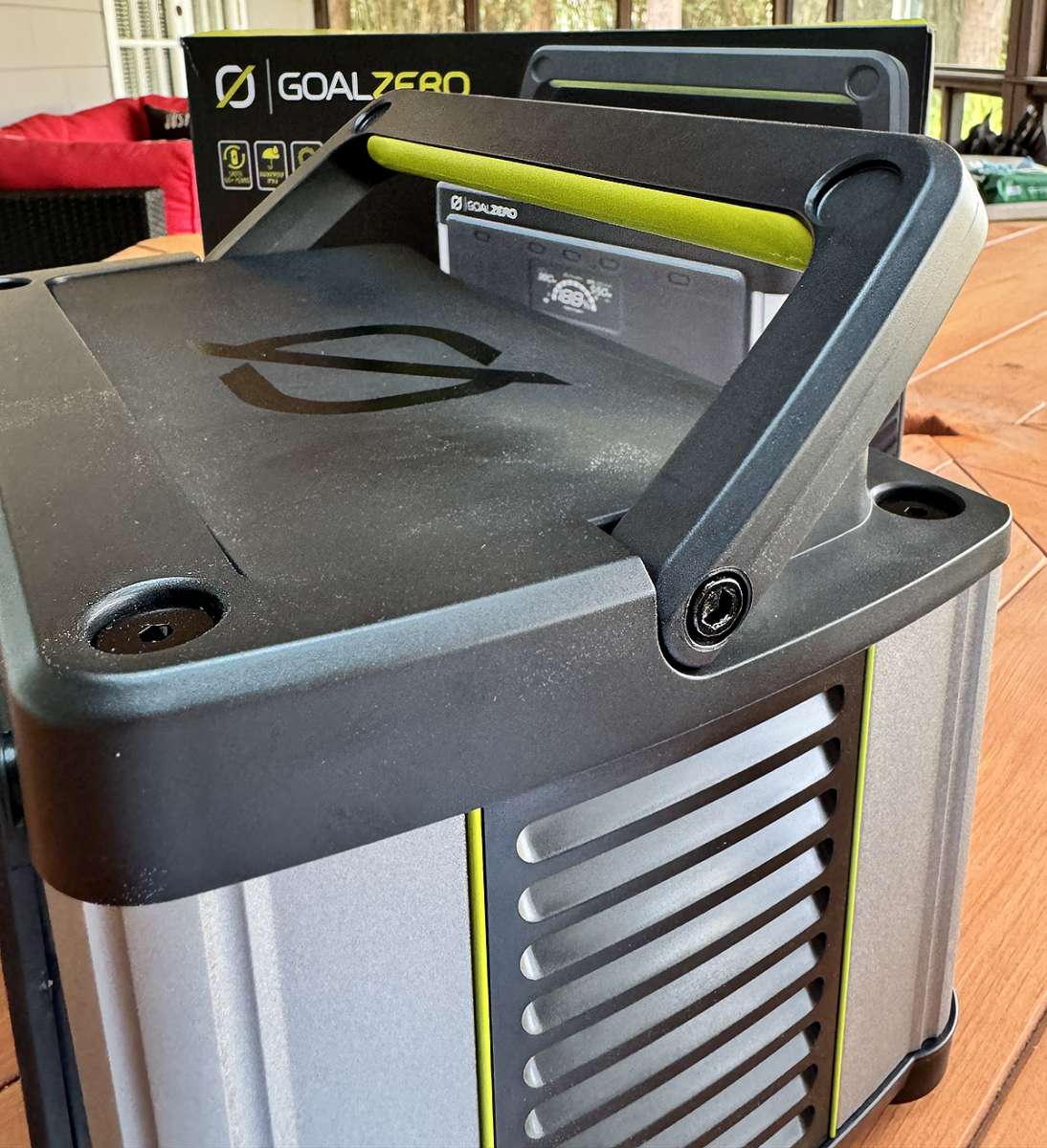
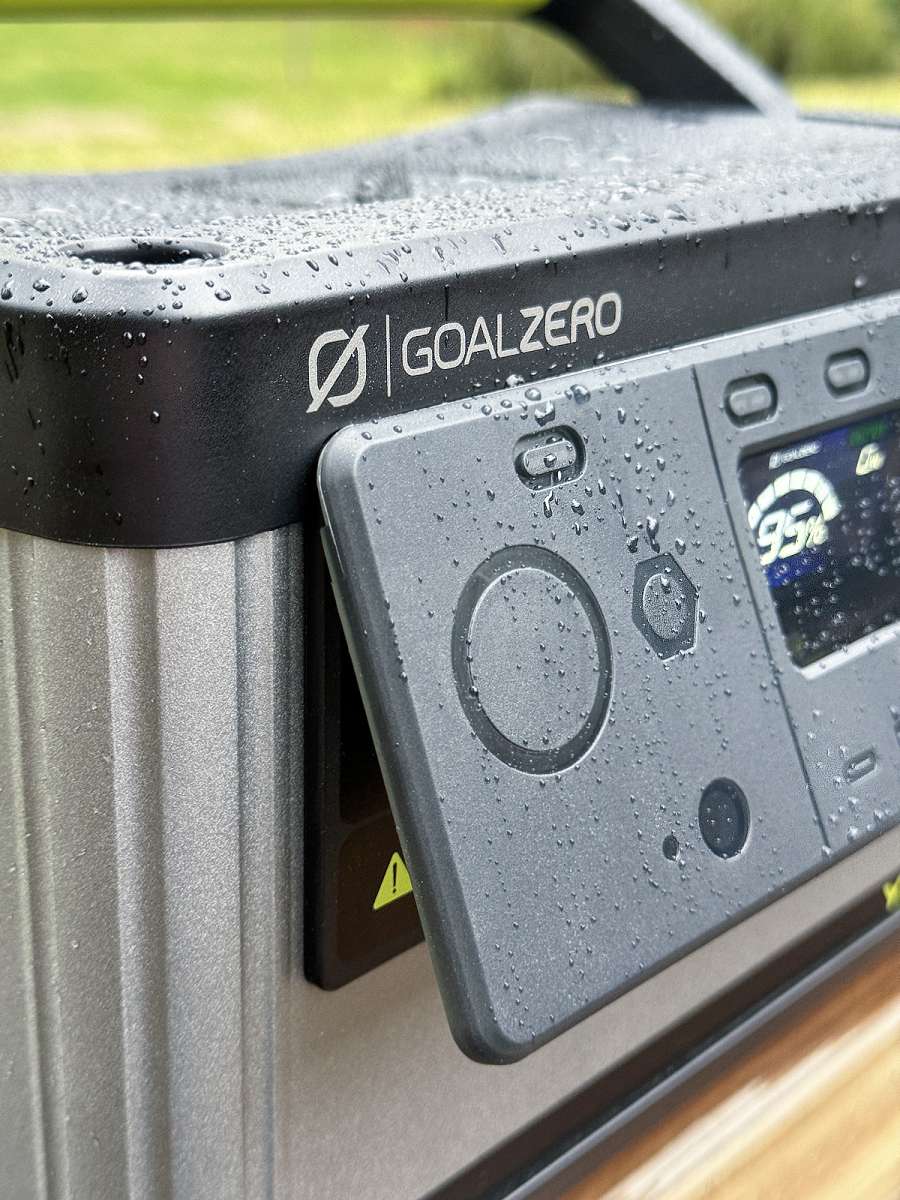


Gadgeteer Comment Policy - Please read before commenting
Thanks for your review. I detest the unethical practice of companies hiding the full functionality of their devices behind apps. They do not allow you to use all the features unless you install an app in your smartphone, which as you mentioned, will start collecting your data and uploading it to their servers. Whether you connect via Wi-Fi or Bluetooth, if your phone, tablet or PC is connected to the internet you can bet the app is siphoning your data to their servers.
The full functionality of a device should be made available right on the device itself. That’s how things have been done forever. My HP laser printer is a good example; it has a tiny 3x3in touch screen from where I can configure every single feature of the printer, AND it also has an embedded intranet server so I can open a tab in my browser, access it with an IP and configure all printer features from my browser. All done locally. No internet required, no creating accounts with HP required, no nonsense.
I did hear the Bluetti EB3A allows all functionality right from the screen, I’ll take a closer look. But I feel split, I don’t want my purchase $ to go to Chinese companies, I want to support American companies like Goal Zero, but disagree with this unethical practice. Bluetti is a chinese company, but if it’s true that their unit doesn’t need an app to use all its features it might be necessary to send a message with a purchasing choice. I don’t know yet.